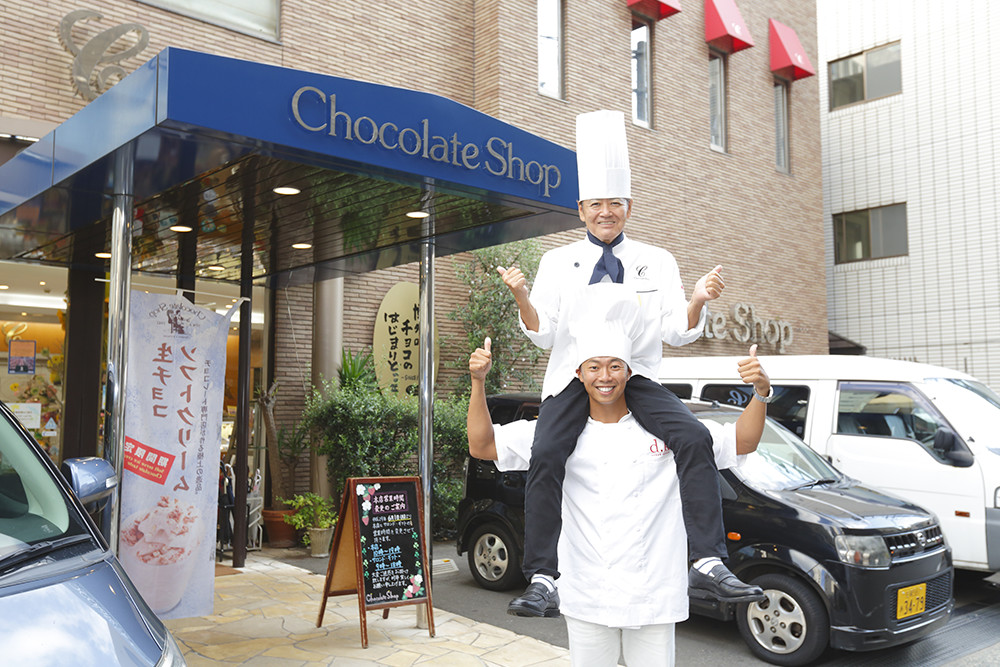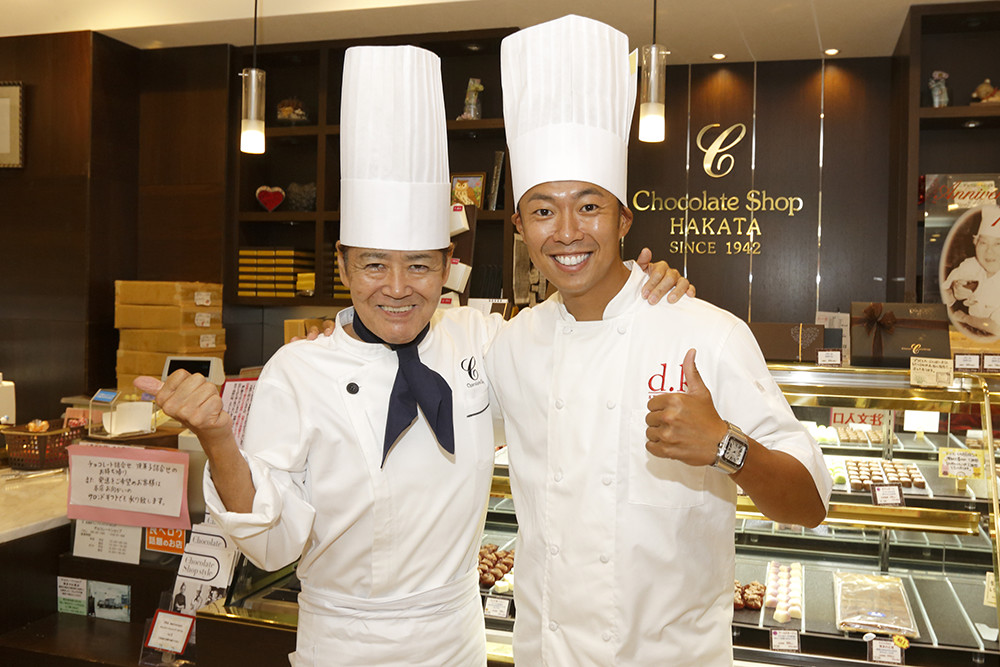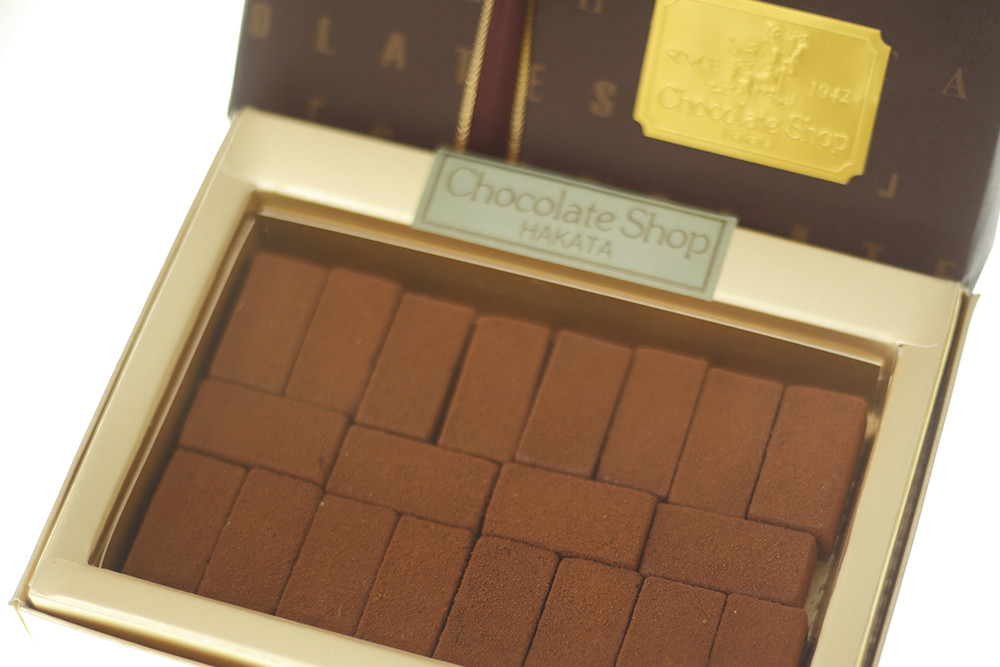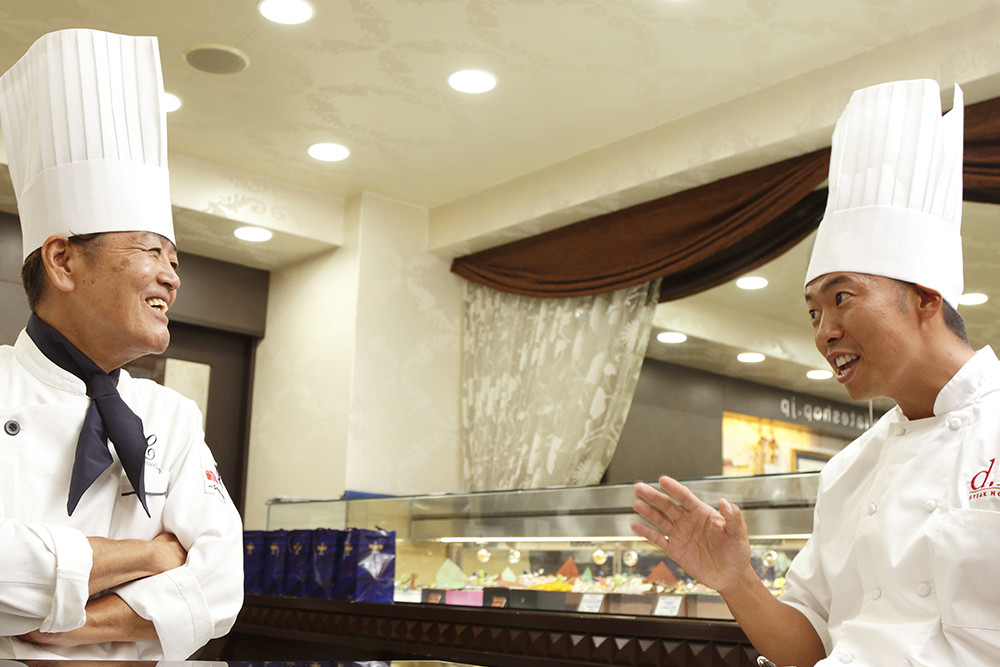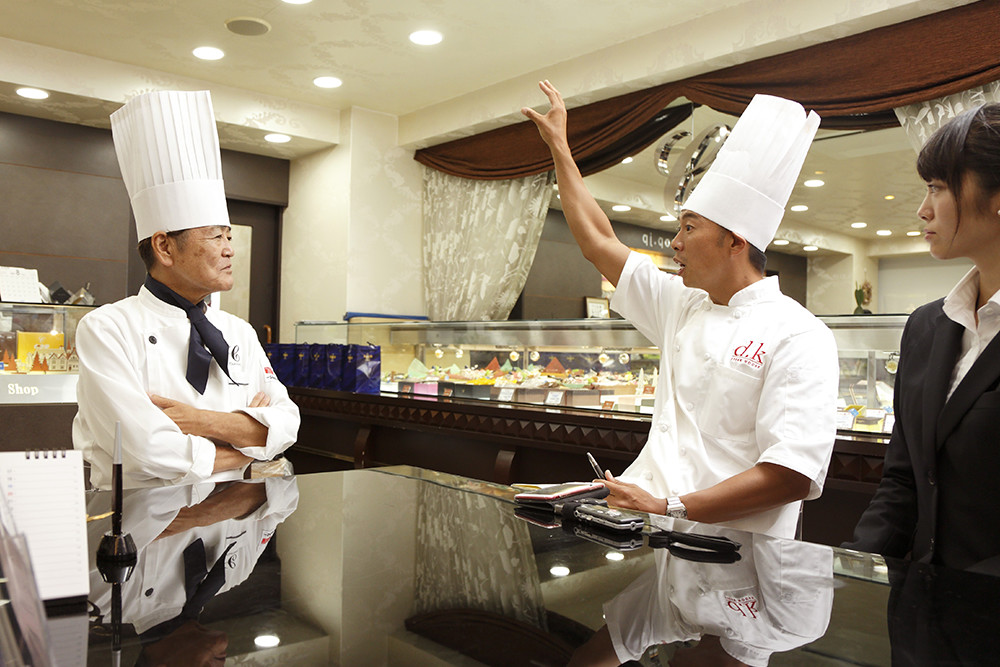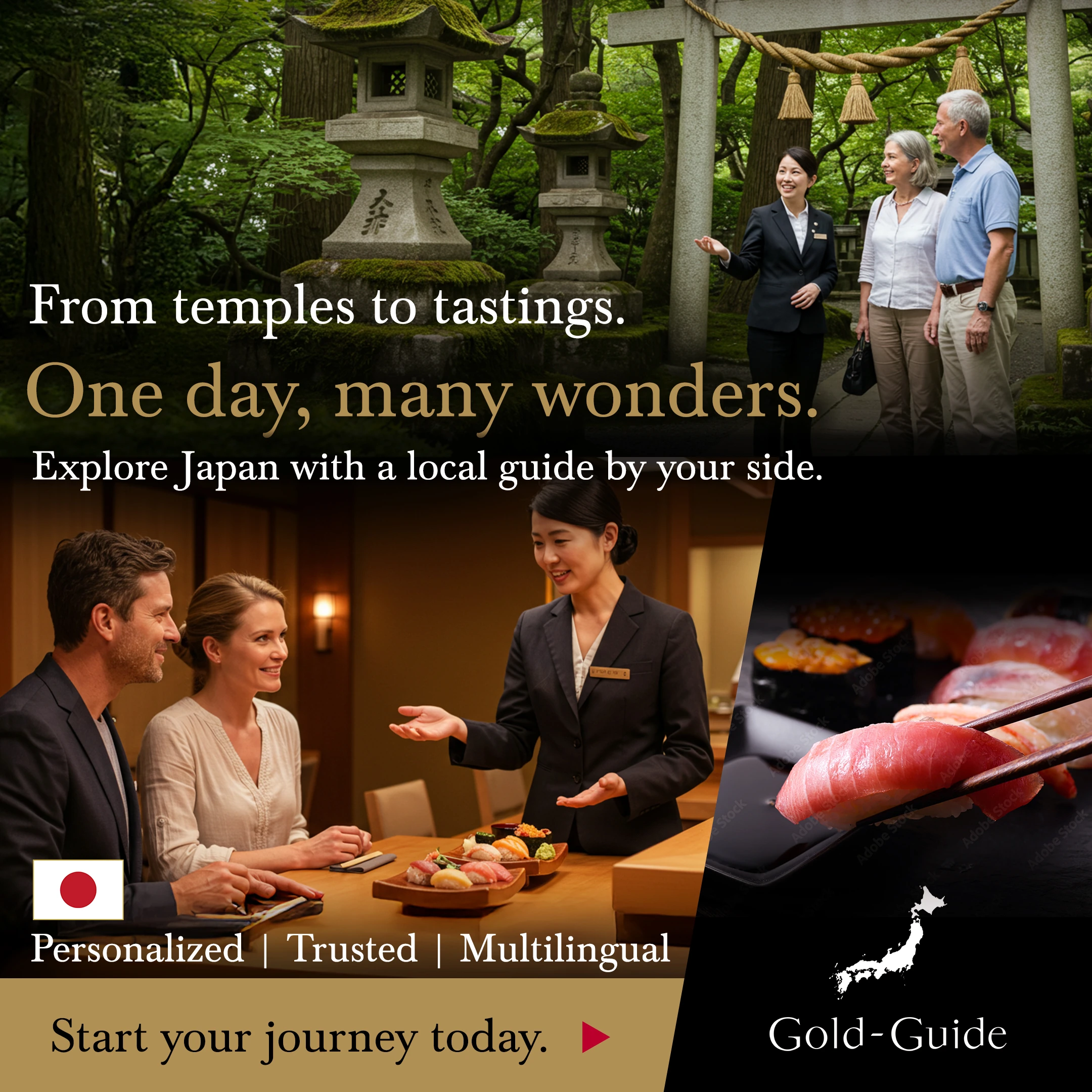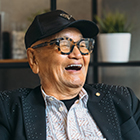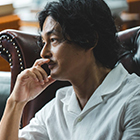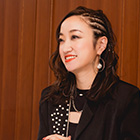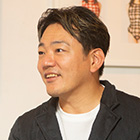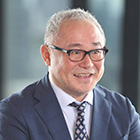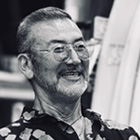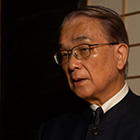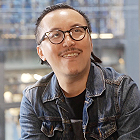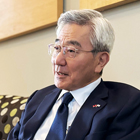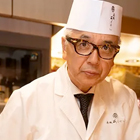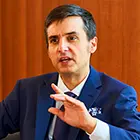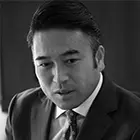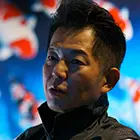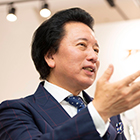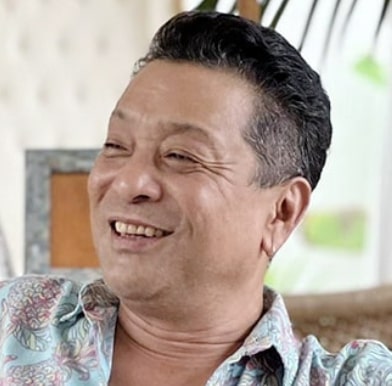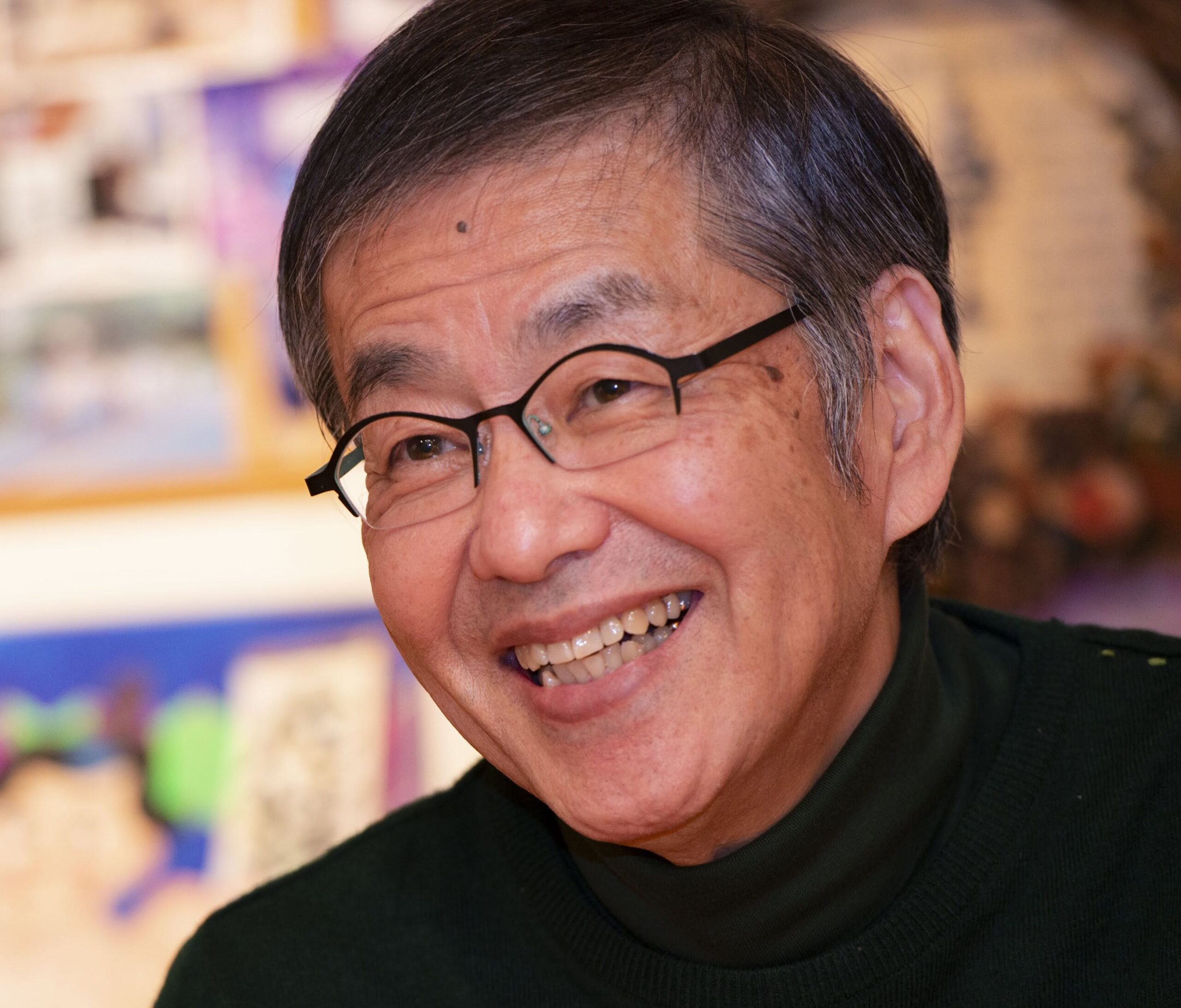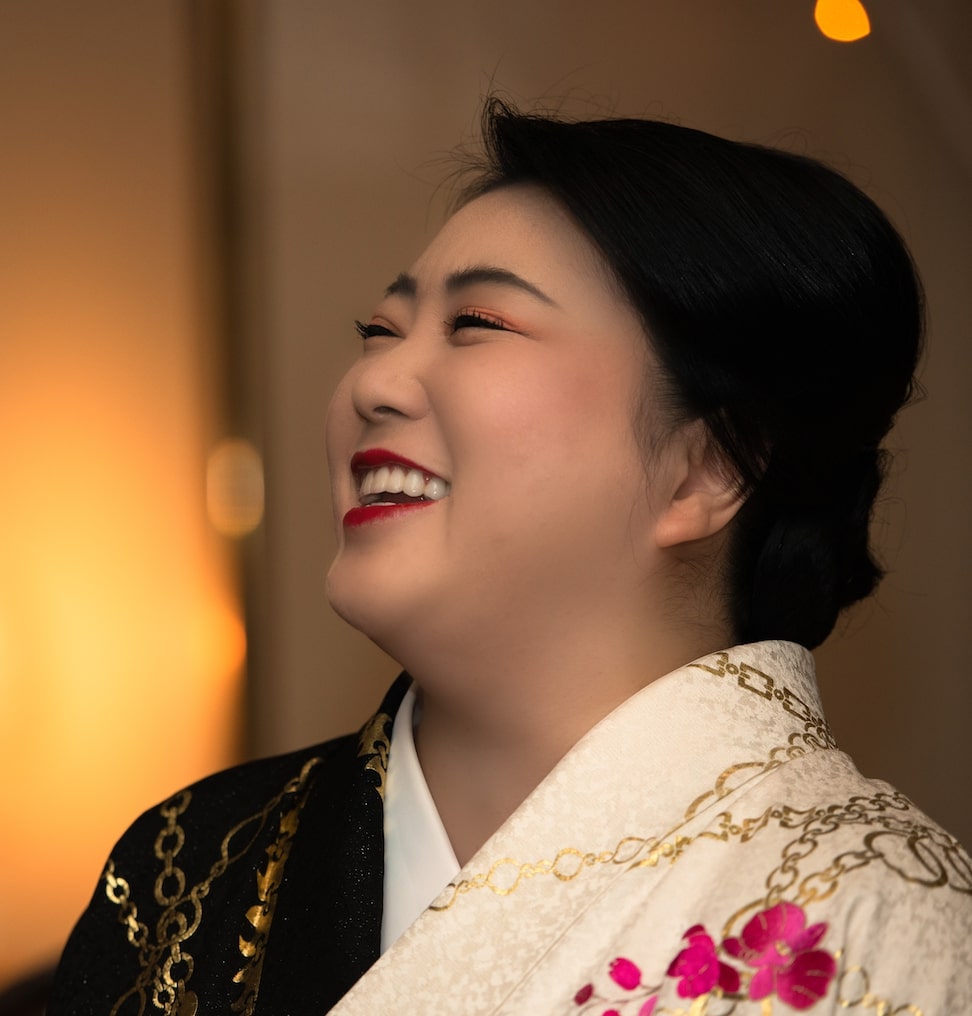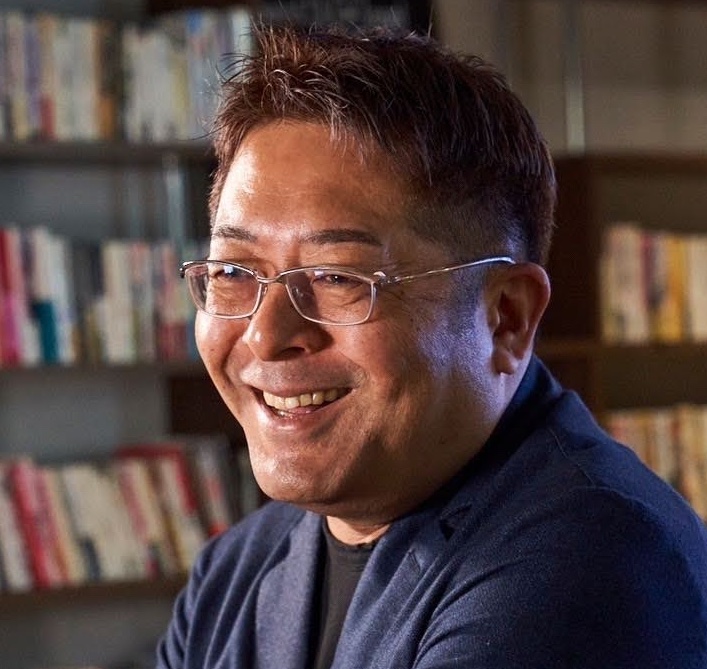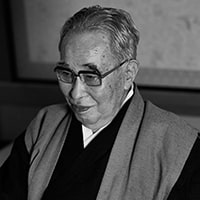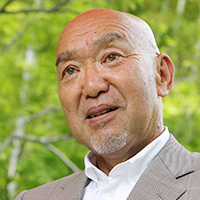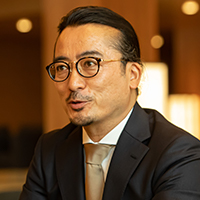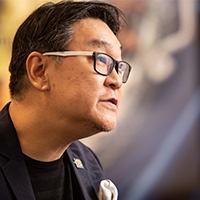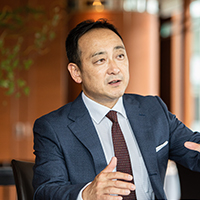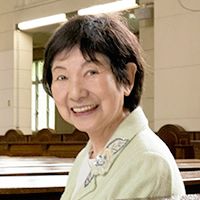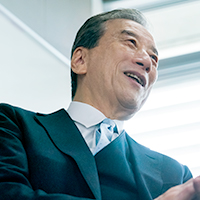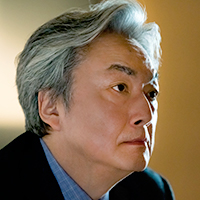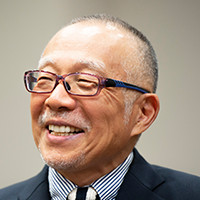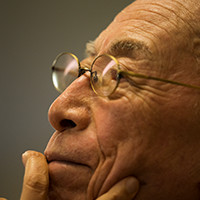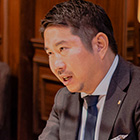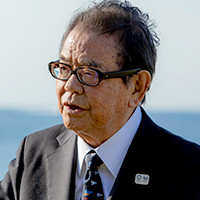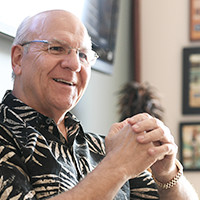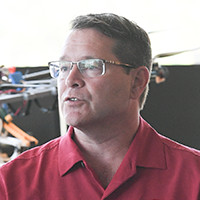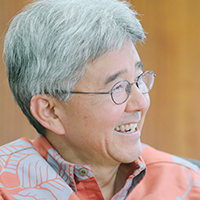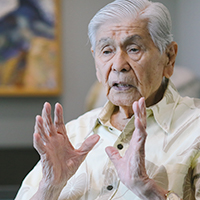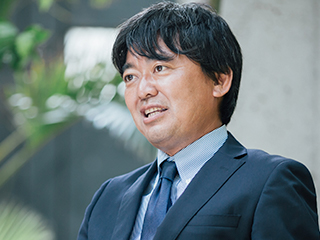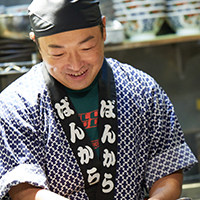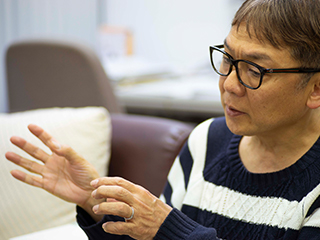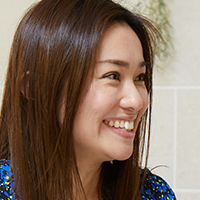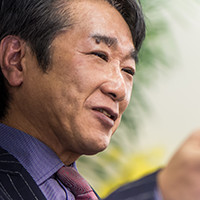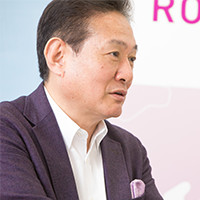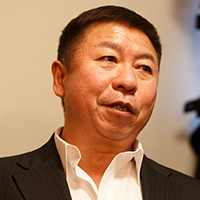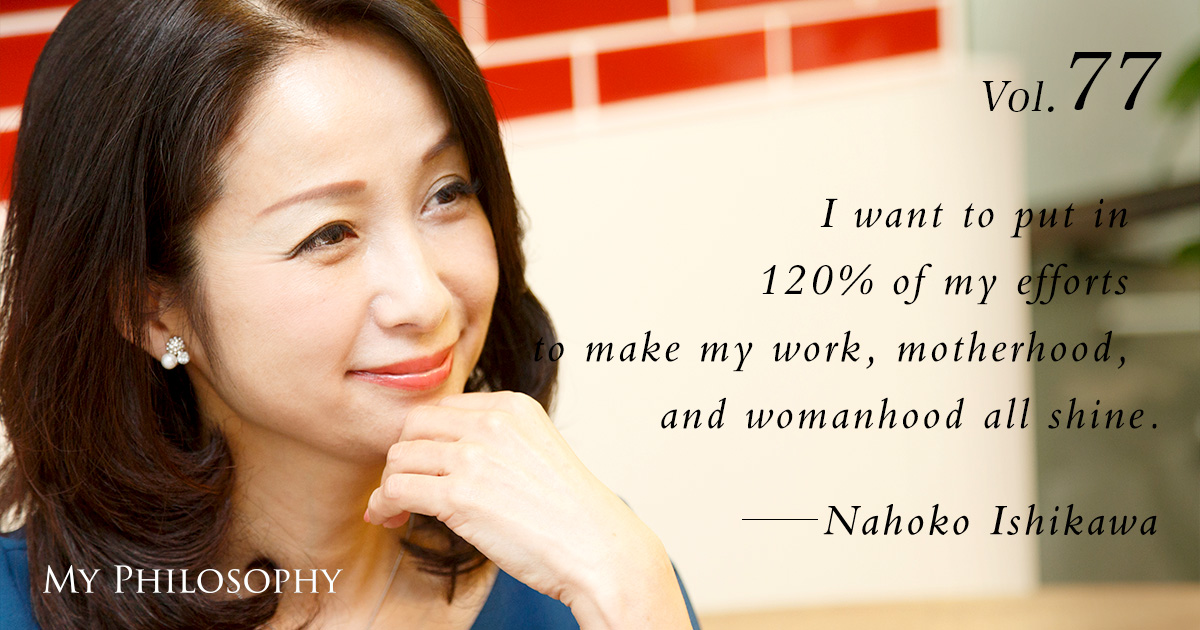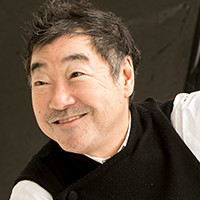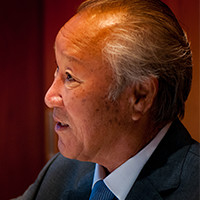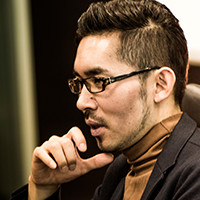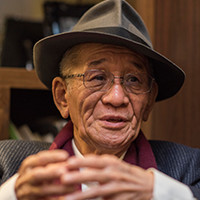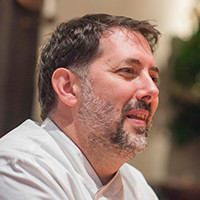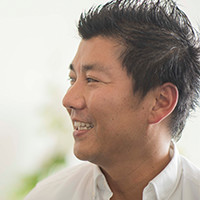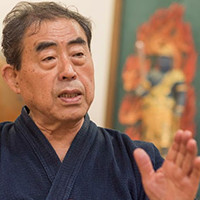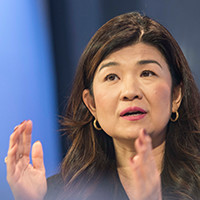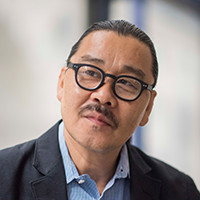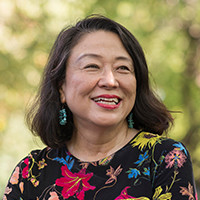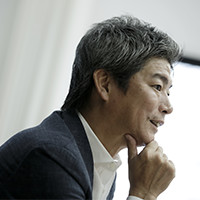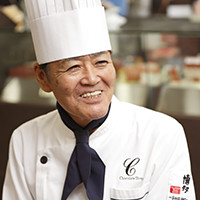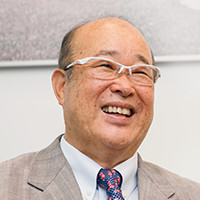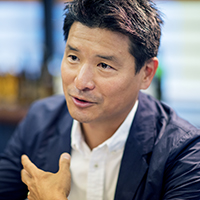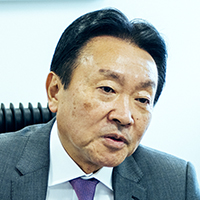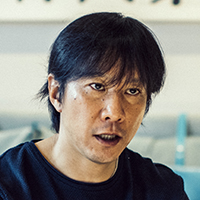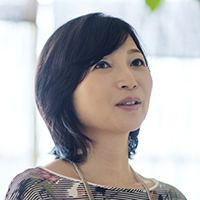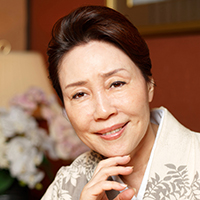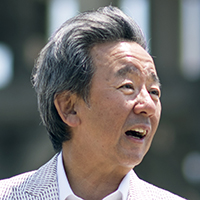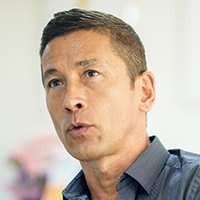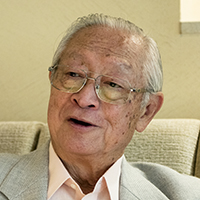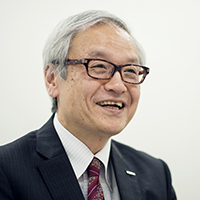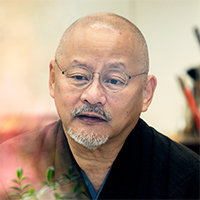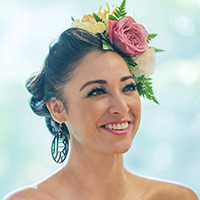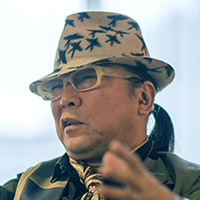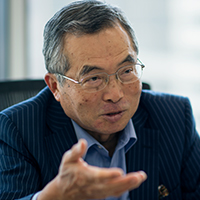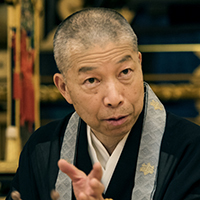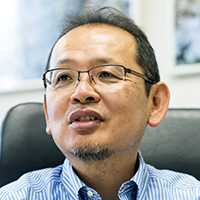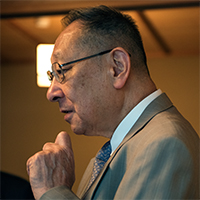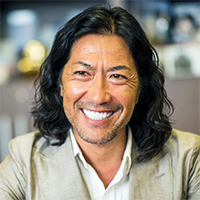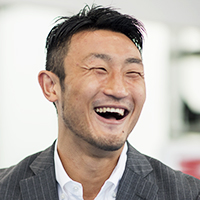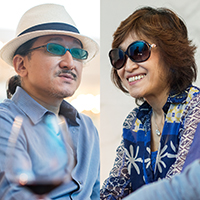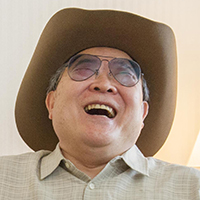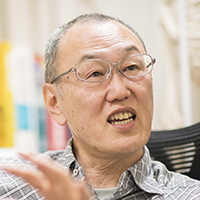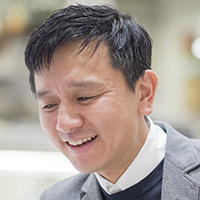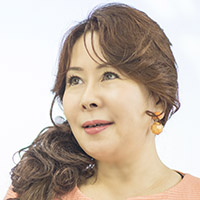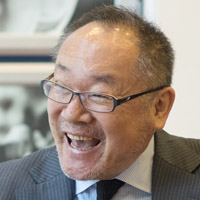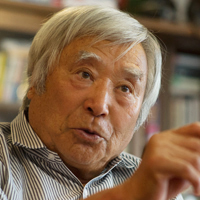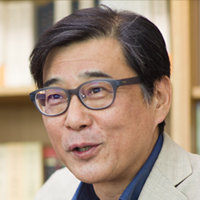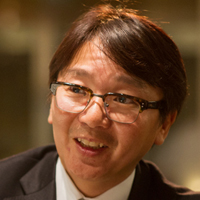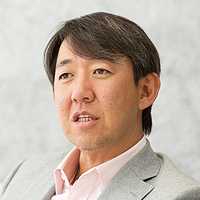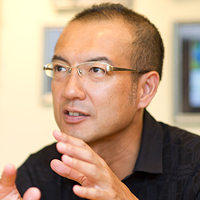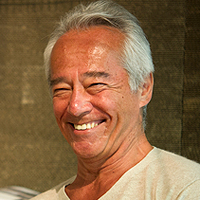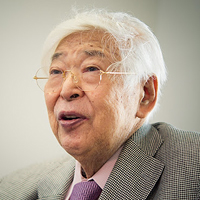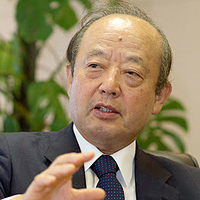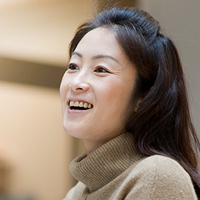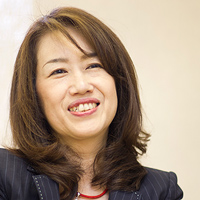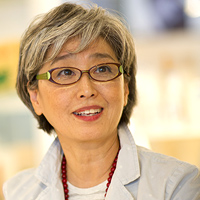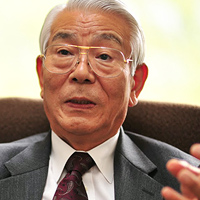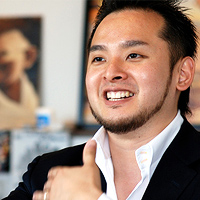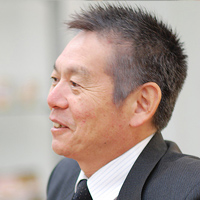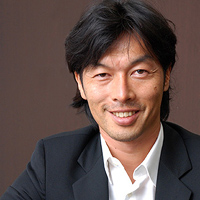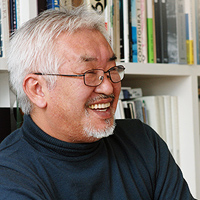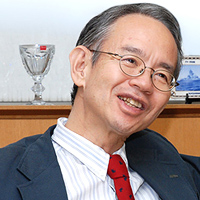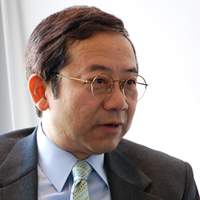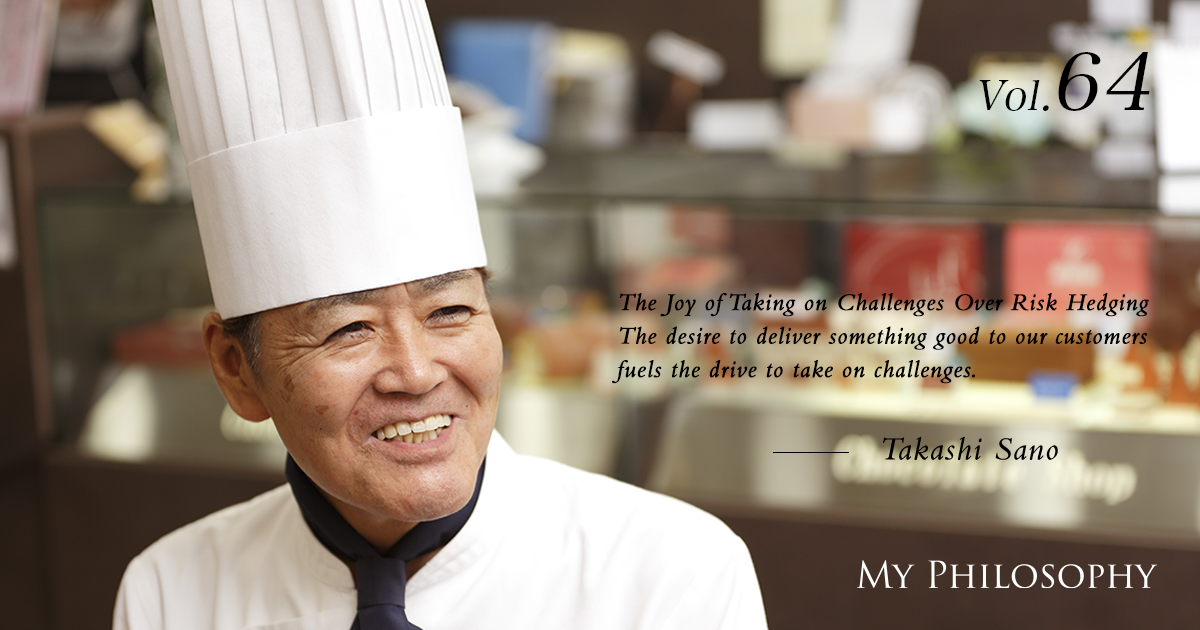
Known in Fukuoka as the “birthplace of chocolate in Hakata,” Chocolate Shop is a specialty chocolate store with a 75-year history. After the passing of the founder, who navigated through the pre-war and post-war eras, Takashi Sano followed in his footsteps. He developed a series of new products, including the popular 'Hakata no Ishidatami' as well as baked goods and cakes, establishing a new era. We asked him about the source of his power.
Profile
Vol.64 Takashi Sano
Chocolate Shop Owner-Chef
Born in Fukuoka Prefecture in 1956. While grappling with the conflicts he felt watching his father, Gensaku, who sold truffles at 100 yen each in an era when a single kaiser roll cost 15 yen, he eventually followed the path of a chocolatier himself. Today, he and approximately 50 handcraft over 160 different products, continually promoting 'Hakata Culture' and 'Made in HAKATA.'
http://www.chocolateshop.jp/
*Titles and positions are as of the time of the interview (August 2017).
Indulging in Chocolate for Dinner
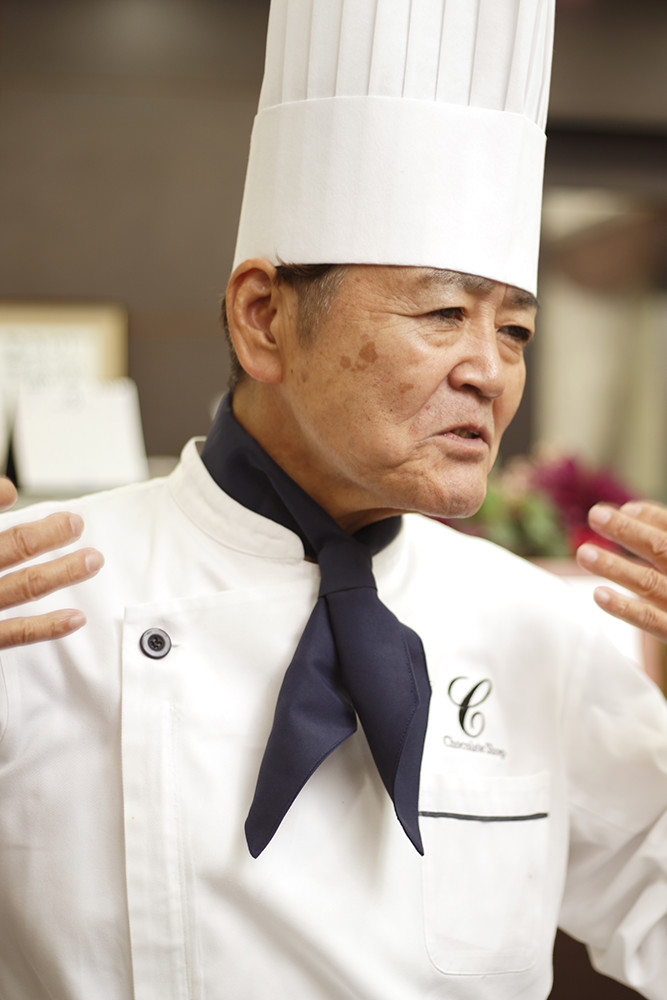
I thought it was normal when I was a child, but I didn’t like it—having leftover chocolates for dinner every day. As I grew older, I started to feel uneasy about it, and feelings of guilt arose as I watched my mother and sister went out to work after the shop closed. They worked for me to earn money for my tuition. I was also critical of my father, who, dressed in his underwear and apron, was always devoted to making chocolates. It was like the character Torajirō from the movie ‘It’s Tough Being a Man (Otoko wa Tsurai yo)’—popular and seemingly having fun to outsiders, but causing hardship for the family.
My father started as an apprentice cook at the former Imperial Hotel when he was 15, and he was captivated by a single ‘truffle’ made by one of his Russian colleagues. Afterward, while working as a cook on an international shipping route, he went to Europe to learn about ‘chocolat’ and eventually opened a small specialty shop in Hakata.
One day, I asked him why he opened a chocolate shop during the war. It’s curious, isn’t it? A shop specializing in truffles opened in a corner of Hakata during wartime. He told me that, in fact, it had opened slightly earlier, in 1939. However, because foreign languages were considered enemy languages at the time, he couldn’t put up a sign. Then, in 1942, he received a draft notice, and he had the wish: ‘I might not return, so please consider this year as the founding year.’ He returned safely in 1945 and resumed business. This was all before I was born.
Understanding My Great Father
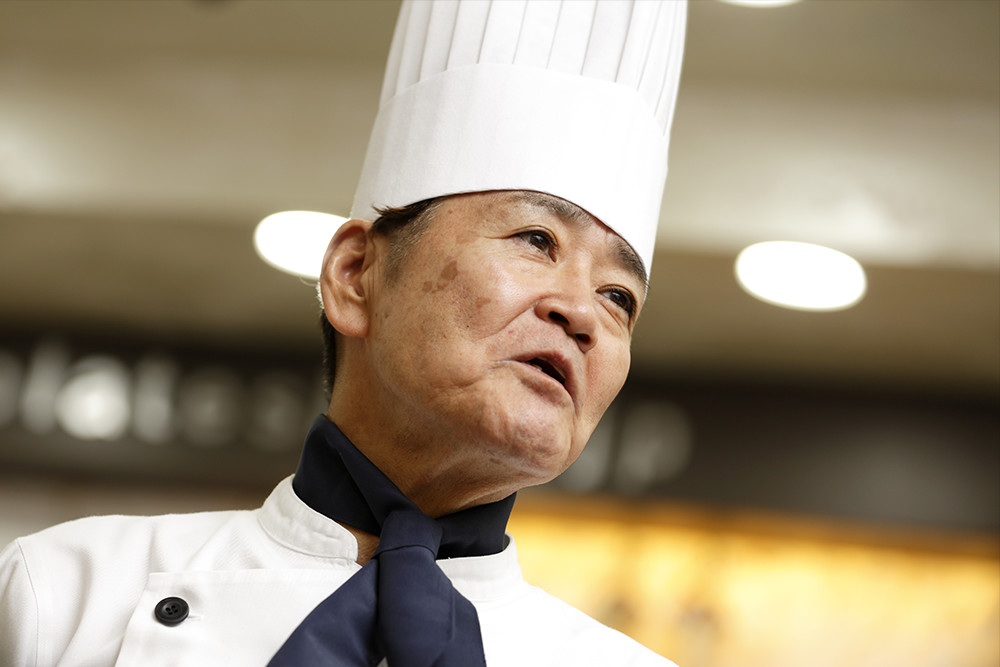
As I got used to my life in Kobe, I decided to make truffles as a gift for my girlfriend. My seniors were astonished, asking, ‘How can you make something like that?’ That moment led me to discover that the president of DONQ knew my father’s name and that his reputation had even reached the Kanto region. It was the moment I realized that my father, who I had only seen in his underwear, was a genuine chocolatier.
After Kobe, I trained in Switzerland, just like my father, and returned to Hakata as a patissier in 1976. During a time when a single kaiser roll cost 15 yen, a single truffle was priced at 100 yen, so sales remained tough. However, the shop was fortunately debt-free. The then family home and shop were located in Tenyamachi, Hakata-ku, just a stone’s throw from the current main store, with a rent of about 90,000 yen for 20 tsubo (approximately 66 square meters). Despite being a chocolate specialty store, the curry rice we started serving to help with household finances became popular, contributing about half of the day’s total sales, around 15,000 yen, allowing us to somehow support the family.
Gearing Up at Age 36
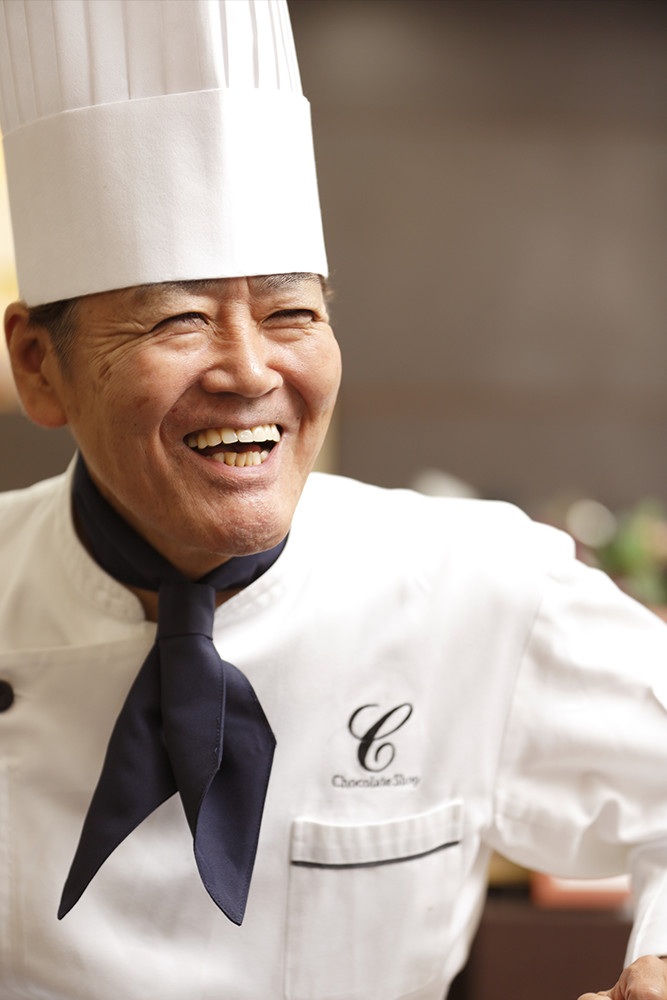
While my father steadfastly stuck to his belief in making truffles, I, having completed my training, began introducing new creations one after another. However, they only sold well at first; ultimately, everyone bought my father’s truffles. I kept blaming the customers, thinking, ‘They just don’t understand what’s new!’ One day, I noticed that the texture of my father’s truffles was different from the firm consistency I had learned in Europe. His truffles had a ‘mochi-like’ softness and a ‘sticky’ melt-in-your-mouth quality, much like the freshly cooked rice that Japanese people love. I went back to learn from my father again and spent countless days focusing solely on chocolate, immersing myself in research.
One morning, my father placed my chocolates in the center of the display case. My stubborn, craftsman father did that—it made me so happy. However, just as I started to gain confidence, my father passed away when I was 34, and my mother followed two years later when I was 36. Suddenly, my father who I had been following and my mother who had supported the business from behind the scenes were both gone. To my shame, until I turned 36, I had never once made a payment to a supplier. I realized I couldn’t even read financial statements or create a business plan.
As the pressure of being the ‘successor of a long-established store’ mounted, one year, then two, passed with no changes despite my efforts. In a state of near despair, I decided to introduce ‘assiette de desserts’ (plated desserts) that were nowhere to be found in Hakata at the time. I saw this as my last chance and decided to go all out. One of my key decisions was to use expensive plates from the luxury French porcelain brand Limoges, costing 30,000 to 40,000 yen each. I sought a 1 million yen loan from the bank, but with only 30,000 yen in daily sales, it was no surprise that I was turned down. However, two banks that have since merged came through for me. I successfully purchased the plates, and for the first time, a line formed outside the shop. Then, the chocolates and cakes started selling as well.
It was around this time that ‘Hakata no Ishidatami’ was born. With this, everything took off at once, and the number of patissiers increased. In my 40s, I experienced the ultimate fulfillment as a craftsman, where every day felt like a dream event, with everything selling out no matter how much I made.
From Hakata to the World
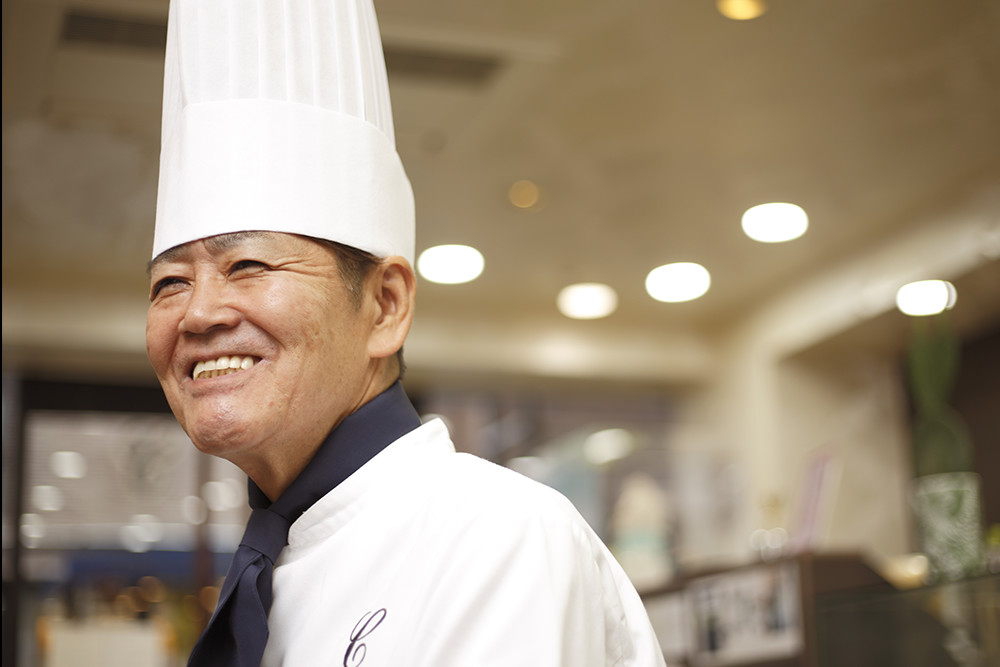
Thanks to everyone’s support, we have reached our 75th anniversary. Today, about 50 patissiers are handcrafting over 160 different products daily. Since there was a long period when our products didn’t sell well, the moment I sensed an opportunity for success, I steered the direction not toward ‘expansion’ but always toward ‘deepening.’ This approach was the result of trusting in the successful experiences I gained by pursuing the spirit of craftsmanship. However, we are now in an era where even the standards are changing. While maintaining our ‘core,’ we need to adapt to the new threads of the times. Therefore, I want to move forward by embracing the word ‘challenge’ in any situation.
Our first overseas challenge was at the 2014 Paris Collection. From the unique perspective of Emiko Sano, the third generation, came the creation of sugar-free chocolate, aptly named ‘ZERO.’ The following year, we received the gold medal at the Salon du Chocolat, a prestigious chocolate festival, and in February this year, we opened ‘Les 3 Chocolats,’ meaning ‘The Three Chocolates,’ in the Marais district of Paris. In October, we also opened the first Japanese branch of the same shop in our hometown of Fukuoka.
Chocolate Shop exists today thanks to our customers in Hakata. The three generations of our family have only just begun to step onto the global stage from Hakata, but above all, we want to continue making chocolates that the people of Hakata will say are delicious.
Mr. DK Sugiyama. It was an incredibly fun interview that took me by surprise. Our encounter started with an impromptu piggyback ride! His unguarded smile and overflowing passion were truly remarkable. Born in Tokyo and raised in New York, he’s still 38 years old! He started his first business at the age of 19 while still a student at Keio University. When I met him, I felt the same kindness, overwhelming power, and aura as when I met Masayoshi Son in the past. The world is full of encounters with inspiring people! I look forward to your collaboration in New York in three years!
Sincerely, Takashi Sano, Owner-Chef of Chocolate Shop.
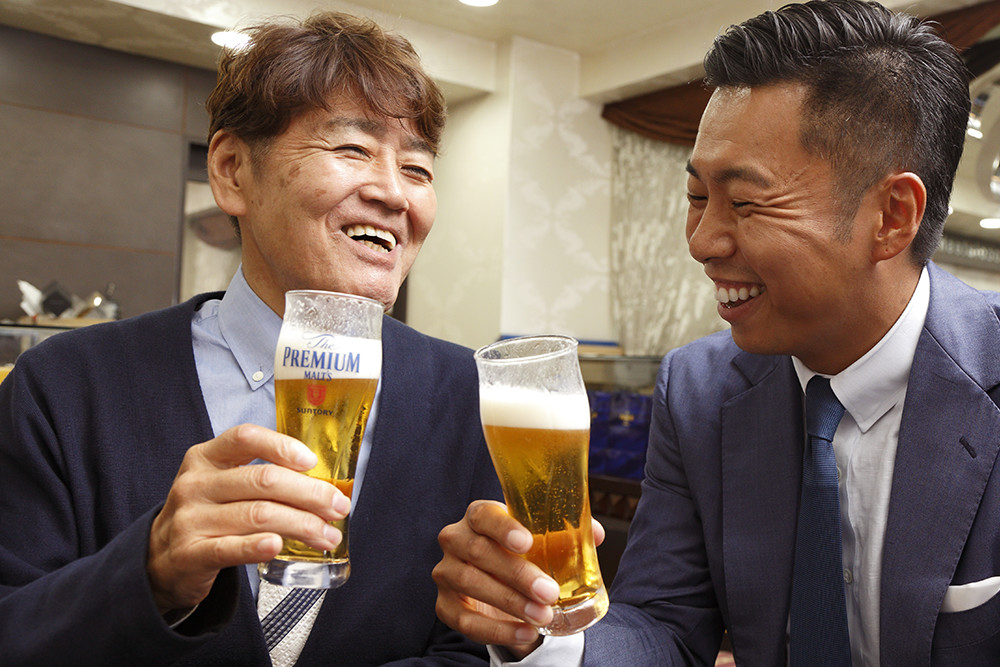
To express my belief that those in their 30s need to take the lead in Japan, I started the interview by asking, “Mr. Takashi Sano, would you please give me a piggyback ride?” I had the opportunity to hear about Mr. Sano’s ‘past, present, and future.’ By setting the goal of ‘From Hakata to the World,’ he always operates with a global perspective on Hakata, a mindset with which I strongly resonate as a fellow business leader.When you visit Fukuoka, be sure to stop by Chocolate Shop, buy plenty of souvenirs, and spread Mr. Takashi Sano’s ‘smile bomb!’ My next destination is ‘Les 3 Chocolats’ in Paris.
Chocolate Shop Website:http://www.chocolateshop.jp/
August 2017 at Chocolate Shop (Fukuoka, Hakata),Translated by ILI Inc.




